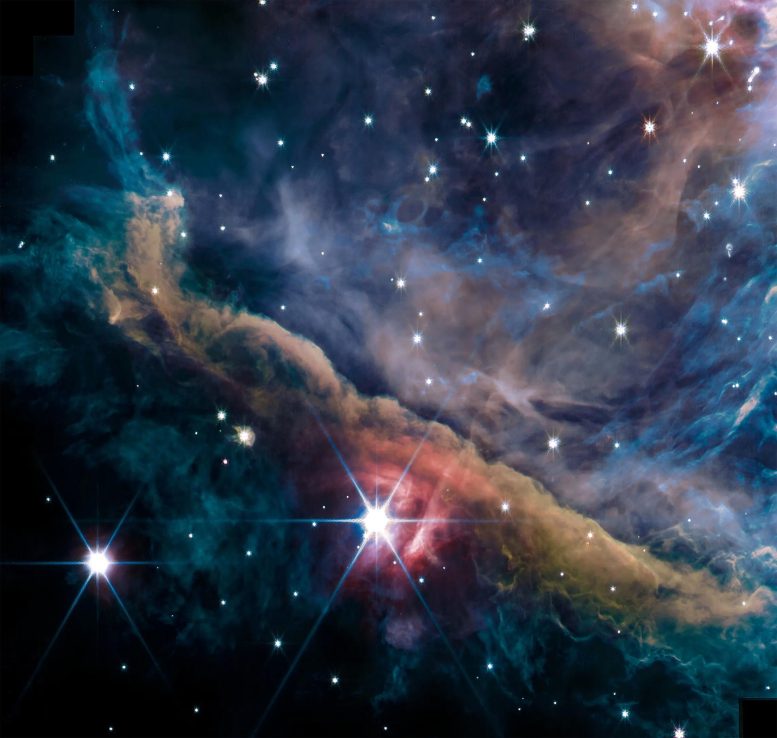
The inner region of the Orion Nebula as seen by the James Webb Space Telescope’s NIRCam instrument. Credit: NASA, ESA, CSA, Data reduction and analysis: PDRs4All ERS Team; graphical processing S. Fuenmayor
Researchers studying the Orion Nebula with the James Webb Space Telescope have found that massive stars’ ultraviolet radiation prevents the formation of giant planets in young systems by dispersing their building materials.
To find out how planetary systems such as our Solar System form, an international research team including scientists from the University of Cologne studied a stellar nursery, the Orion Nebula, using the James Webb Space Telescope (JWST). By observing a protoplanetary disc named d203-506, they discovered the key role massive stars play in the formation of planetary systems that are less than a million years old. The study, led by Dr. Olivier Berné from the National Centre for Scientific Research (CNRS) in Toulouse, was published under the title ‘A far-ultraviolet-driven photoevaporation flow observed in a protoplanetary disk’ in Science.
The Impact of Massive Stars
These stars, which are around ten times more massive, and, more importantly, 100,000 times more luminous than the Sun, expose any planets forming in such systems nearby to very intense ultraviolet radiation. Depending on the mass of the star at the center of the planetary system, this radiation can either help planets to form, or alternatively prevent them from doing so by dispersing their matter. In the Orion Nebula, the scientists found that, due to the intense irradiation from massive stars, a Jupiter-like planet would not be able to form in the planetary system d203-506.
Collaborative Efforts and Findings
The team encompasses a wide range of experts from areas such as instrumentation, data reduction, and modeling. The data from the JWST were combined with data collected with the Atacama Large Millimeter Array (ALMA) in order to constrain the physical conditions in the gas. The calculated rate at which the disk lost mass implies that the whole disk will evaporate faster than it would take for a giant planet to form.
“It is great that so many contributions from the team over the years, including the planning of the observations and the evaluation the data, are bearing fruit in the form of these results that represent a significant step forward in understanding the formation of planetary systems,” said Dr. Yoko Okada from the University of Cologne’s Institute of Astrophysics.
The JWST data in the Orion Nebula is very rich, keeping scientists busy to conduct various detailed analyses in the fields of star- and planet-formation as well as the evolution of the interstellar medium.
Reference: “A far-ultraviolet–driven photoevaporation flow observed in a protoplanetary disk” by Olivier Berné, Emilie Habart, Els Peeters, Ilane Schroetter, Amélie Canin, Ameek Sidhu, Ryan Chown, Emeric Bron, Thomas J. Haworth, Pamela Klaassen, Boris Trahin, Dries Van De Putte, Felipe Alarcón, Marion Zannese, Alain Abergel, Edwin A. Bergin, Jeronimo Bernard-Salas, Christiaan Boersma, Jan Cami, Sara Cuadrado, Emmanuel Dartois, Daniel Dicken, Meriem Elyajouri, Asunción Fuente, Javier R. Goicoechea, Karl D. Gordon, Lina Issa, Christine Joblin, Olga Kannavou, Baria Khan, Ozan Lacinbala, David Languignon, Romane Le Gal, Alexandros Maragkoudakis, Raphael Meshaka, Yoko Okada, Takashi Onaka, Sofia Pasquini, Marc W. Pound, Massimo Robberto, Markus Röllig, Bethany Schefter, Thiébaut Schirmer, Thomas Simmer, Benoit Tabone, Alexander G. G. M. Tielens, Sílvia Vicente, Mark G. Wolfire, PDRs4All Team†, Isabel Aleman, Louis Allamandola, Rebecca Auchettl, Giuseppe Antonio Baratta, Clément Baruteau, Salma Bejaoui, Partha P. Bera, John H. Black, Francois Boulanger, Jordy Bouwman, Bernhard Brandl, Philippe Brechignac, Sandra Brünken, Mridusmita Buragohain, Andrew Burkhardt, Alessandra Candian, Stéphanie Cazaux, Jose Cernicharo, Marin Chabot, Shubhadip Chakraborty, Jason Champion, Sean W.J. Colgan, Ilsa R. Cooke, Audrey Coutens, Nick L.J. Cox, Karine Demyk, Jennifer Donovan Meyer, Cécile Engrand, Sacha Foschino, Pedro García-Lario, Lisseth Gavilan, Maryvonne Gerin, Marie Godard, Carl A. Gottlieb, Pierre Guillard, Antoine Gusdorf, Patrick Hartigan, Jinhua He, Eric Herbst, Liv Hornekaer, Cornelia Jäger, Eduardo Janot-Pacheco, Michael Kaufman, Francisca Kemper, Sarah Kendrew, Maria S. Kirsanova, Collin Knight, Sun Kwok, Álvaro Labiano, Thomas S.-Y. Lai, Timothy J. Lee, Bertrand Lefloch, Franck Le Petit, Aigen Li, Hendrik Linz, Cameron J. Mackie, Suzanne C. Madden, Joëlle Mascetti, Brett A. McGuire, Pablo Merino, Elisabetta R. Micelotta, Jon A. Morse, Giacomo Mulas, Naslim Neelamkodan, Ryou Ohsawa, Roberta Paladini, Maria Elisabetta Palumbo, Amit Pathak, Yvonne J. Pendleton, Annemieke Petrignani, Thomas Pino, Elena Puga, Naseem Rangwala, Mathias Rapacioli, Alessandra Ricca, Julia Roman-Duval, Evelyne Roueff, Gaël Rouillé, Farid Salama, Dinalva A. Sales, Karin Sandstrom, Peter Sarre, Ella Sciamma-O’Brien, Kris Sellgren, Matthew J. Shannon, Adrien Simonnin, Sachindev S. Shenoy, David Teyssier, Richard D. Thomas, Aditya Togi, Laurent Verstraete, Adolf N. Witt, Alwyn Wootten, Nathalie Ysard, Henning Zettergren, Yong Zhang, Ziwei E. Zhang and Junfeng Zhen, 29 February 2024, Science.
DOI: 10.1126/science.adh2861

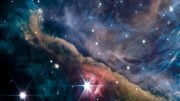



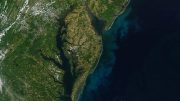

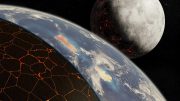
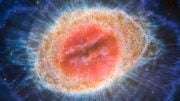
Be the first to comment on "Webb Space Telescope Unveils the Invisible Forces That Sculpt Planetary Systems"